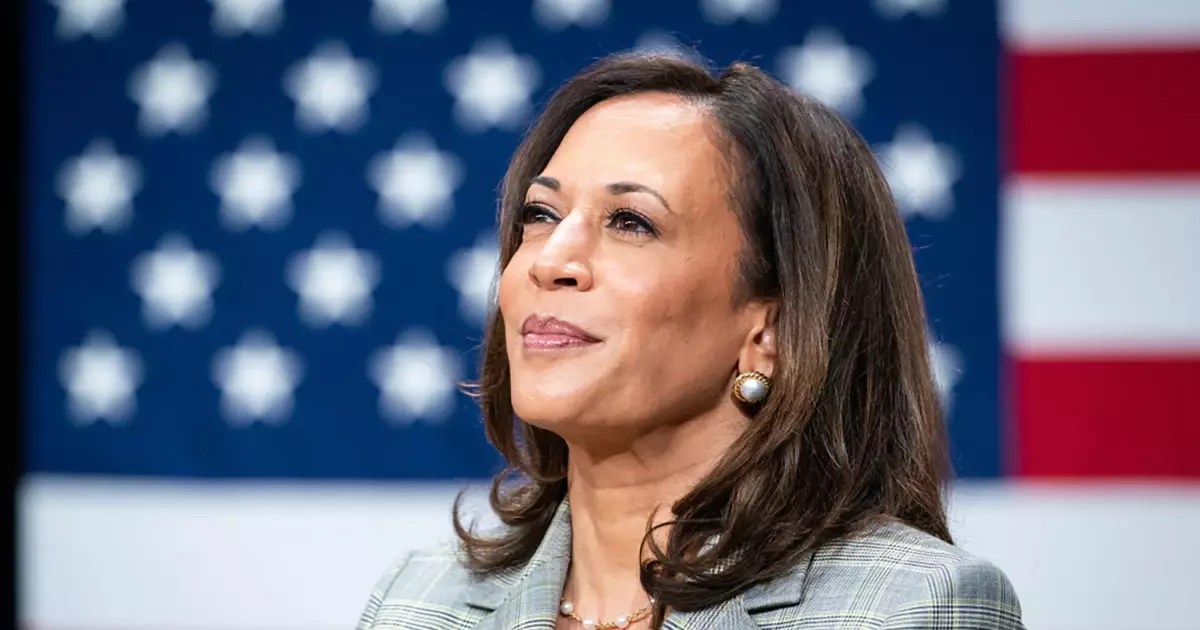As urban centers grapple with the pressing necessity of affordable housing, the concept of Transit-Oriented Development (TOD) has emerged as a potential solution that garners attention in political dialogues, including the recent vice-presidential debate. TOD seeks to create close-knit communities by situating residential and commercial properties near public transportation hubs, such as subways, light rails, and bus lines. This approach not only enhances access to transit options but also promotes sustainable urban growth. By concentrating developments around transit corridors, cities can capitalize on existing infrastructure to minimize carbon footprints while maximizing housing availability.
Vice President Kamala Harris has recently amplified support for TOD as a key component of her housing initiatives. In various interviews, she emphasized the need for a holistic perspective that interlinks transit funding and housing policies. Harris envisions leveraging federal assistance to empower local and state governments, allowing them to strategically plan for an increase in affordable housing densities near public transport. Importantly, the Biden-Harris administration has identified the optimal use of transportation dollar allocations to encourage housing projects, aiming to sprawl less while servicing urban populations more effectively.
The Build America Bureau of the U.S. Department of Transportation describes a vast pipeline of TOD initiatives, boasting $12 billion worth of projects that underscore the growing movement toward integrating housing and transit solutions. With over 70% of proposals being centered on TOD, investors and developers are slowly recognizing the long-term benefits of merging transport efficiency with housing accessibility. Additionally, innovative financing options—including loans under the Transportation Infrastructure Financing and Innovation Act (TIFIA)—have started facilitating TOD projects across various states, including recent loans earmarked for Washington state.
Despite this momentum, experts like Yonah Freemark from the Urban Institute remain cautious about the actual delivery of these projects. Though funding mechanisms appear encouraging, their implementation has been notably slow. The lofty goals set under the FAST Act, which allowed for transit-focused financing, were not fully realized under the previous administration, leading to a delayed rollout of necessary guidelines and support.
Freemark’s analysis reflects a broader sentiment among urban planners and policymakers: the connection between federal actions and local developments can be tenuous. Local governments often face significant friction when it comes to reforming zoning laws and fostering new housing solutions. While there is a push for loosening stringent regulations at the local level, an underlying challenge persists. Local authorities frequently resist such changes, reflecting their constituents’ concerns over development patterns and community character, which hinders significant progress in creating affordable housing.
The recent vice-presidential debate brought forth various viewpoints on tackling the affordable housing crisis. Candidates highlighted the dichotomy between government regulation and the need for local autonomy. Democratic Governor Tim Walz advocated for enabling local governments to simplify development processes, while Republican Senator JD Vance pointed to federal regulations and illegal immigration as barriers impacting housing costs.
Vance’s mention of federal lands also struck a chord with some proponents who believe that leveraging public property could expeditiously address housing deficits. Moreover, both parties acknowledge that reformation of zoning policies is vital, albeit with differing ideologies on how to achieve this goal. While boosting transit development is a common thread, the discourse around federal versus local control complicates potential solutions to the housing scarcity.
Innovative Strategies from the Harris Administration
In response to these challenges, Harris’ housing blueprint signals a strong commitment to advancing affordable housing through innovative strategies. Notably, her proposal for a $40 billion Local Innovation Fund demonstrates a keen understanding of the intersection between finance and urban development. The fund would empower municipalities with the resources they need to experiment with cutting-edge construction techniques while aiming to expedite housing supply.
This multi-faceted approach highlights the importance of reducing bureaucratic hurdles alongside innovative funding models. By prioritizing transit-oriented projects, Harris’s plan can potentially diminish transportation costs while addressing housing shortages in critical areas.
As the presidential election draws attention to the interconnectedness of housing and transportation, there’s a tangible opportunity to reshape the dialogue surrounding urban development. While the road ahead appears challenging, the growing consensus around TOD and innovative financing strategies suggests that progress towards affordable housing may indeed gain momentum. If political willingness aligns with local action, the vision of accessible, transit-friendly urban living could manifest, addressing the dire need for affordable housing solutions in American cities.


Leave a Reply